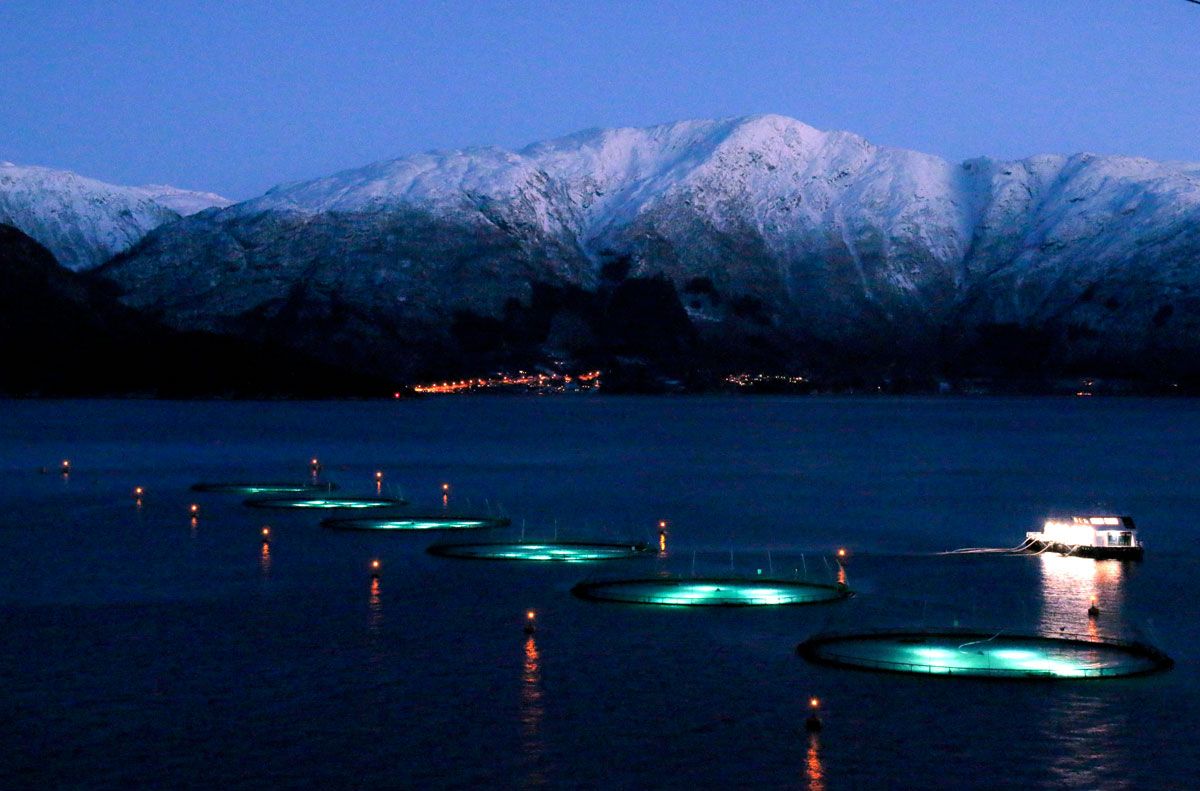Manolin Case Study: Lingalaks Invests in Data Intelligence
Lingalaks' CEO says that seeing trends in farm data through Manolin has allowed his team to catch larger issues before they arise.

The Norwegian Veterinary Institute noted in its 2020 fish health report that “current mechanical delousing regimes represent one of the most important causes of mortality and poor welfare” in farmed fish. Meanwhile, a 2020 Marine Policy study reported that more frequent treatments to keep sea lice below the legal limit in Norway have led to salmon welfare problems and higher mortality rates.
About 54 million salmon fish died in cages in 2021—15.5 percent of the total Norwegian stock. In other regions, the average salmon farmer consistently loses up to 25 percent of total fish stock.
These numbers are not only a major cost to farmers and the industry but represent a larger issue surrounding fish health and welfare.
Beginning in 2021, Norwegian salmon farmer Lingalaks AS invested in becoming a more data-driven farm to improve production outcomes. They brought on the Manolin Essentials platform to quickly and easily monitor fish health trends each day.
Manolin's latest performance analysis found that since then, Lingalaks’ average lice values were the lowest in the last five years. The company spent zero weeks above Norway’s legal lice limit, and its overall lice performance was consistently better than its surrounding areas.
Lingalaks’ two most recent generations are showing a significant mortality rate improvement: V21 and H21 mortality numbers are 41% lower than the previous average for past generations.

Seeing trends in farm data this past year has allowed the Lingalaks production team to catch larger issues before they arise. They now monitor mortality rates every day, for example, as well as lice counts and feeding numbers.
“One of the main reasons for our improvement is we’re acting much more quickly now than we used to,” says Lingalaks CEO Kristian Botnen.
To do this, the team needs all farm information in one place. They can’t see trends in one specific number, but once the numbers are put into a graph, the development of fish health over time becomes clear.
“Manolin is a better overview, a better tool to monitor things like mortality, feeding rates, and sea lice,” Botnen says.
Becoming a data-driven farm is a gradual, step-by-step process. Lingalaks took steps to ensure new technologies fit into the day-to-day tasks of every employee, not just leaders. Now, the entire team is now following the data more than they used to.
“Manolin has also helped us invest in other technology. People are more interested in discussing the trends," Botnen says. "We're learning by doing. It’s not a big revolution, it happens every day.”
For the aquaculture industry at large, he believes that all farmers would benefit from sharing more data between each company—data on sea lice, mortalities, diseases, problems, successes.
“We’re all producing fish in the same fjord and the same ocean," Botnen says.